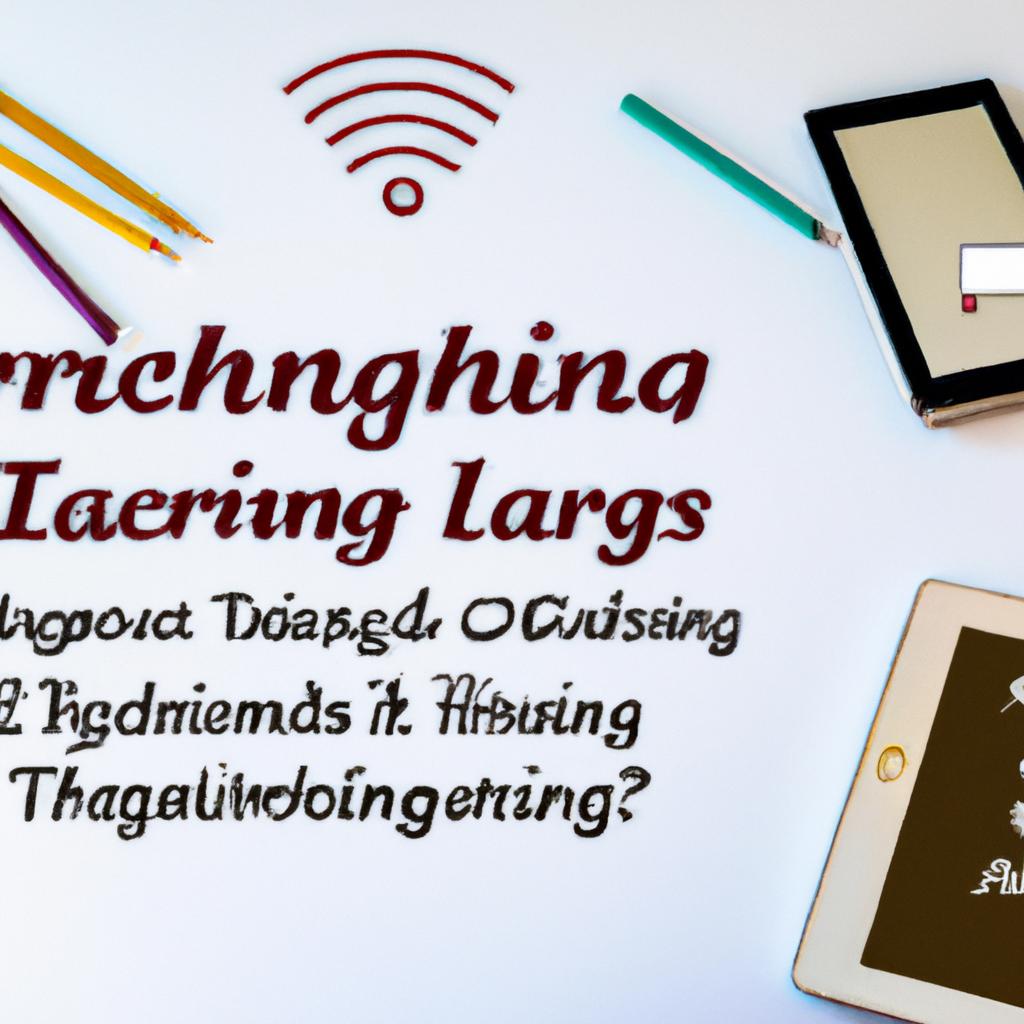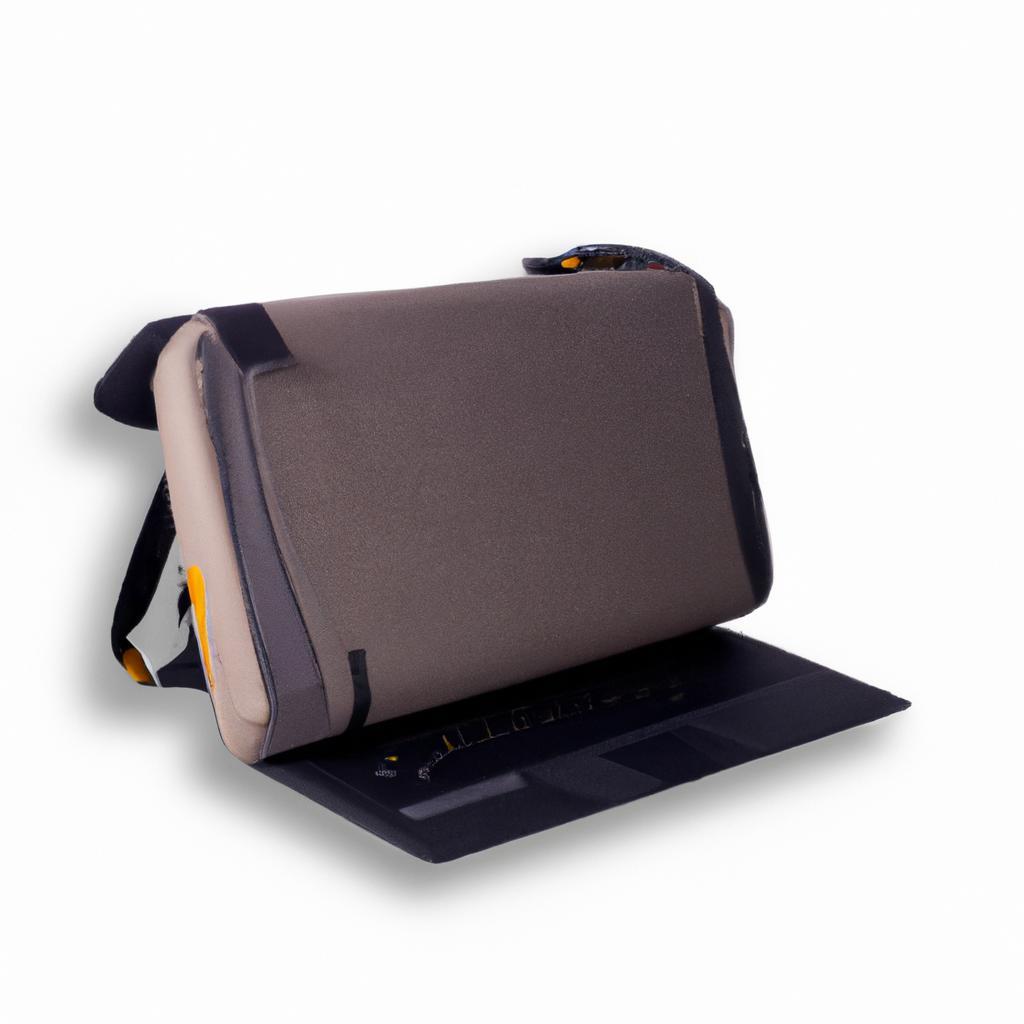In an age where technology seamlessly intertwines with every aspect of our lives, the traditional school bag—a symbol of academic endeavor—finds itself at a crossroads. Students, once burdened by the weight of heavy textbooks and scattered notes, are now exploring an innovative alternative that promises to lighten the load: the electronic school bag. This digital revolution is more than just a trend; it represents a shift towards greater efficiency, organization, and accessibility in education. As we delve into the myriad benefits of electronic school bags, we will uncover how these technological advancements are transforming the student experience, enhancing learning, and fostering a more sustainable approach to education. Join us on this journey as we explore how digital solutions are reshaping the way students carry their knowledge, both literally and metaphorically.
Transforming the Way We Carry: Understanding the Convenience and Ergonomics of Electronic School Bags
As technology continues to evolve, so does the way students organize their academic lives. Electronic school bags, equipped with *digital tools and smart features*, are not just a trend; they represent a rethinking of how carrying an educational load can be both *convenient and ergonomic*. Unlike traditional backpacks that often lead to physical strain, these modern alternatives offer a range of benefits:
- Weight Reduction: Eliminating the need to carry heavy textbooks, students can access all their materials digitally.
- Enhanced Organization: With integrated apps, assignments and notes can be neatly categorized, eliminating clutter.
- Easy Accessibility: Quick access to resources through tablets or e-readers allows for seamless transitions between classes.
- Improved Comfort: Designed with user-friendly handles and ergonomic shapes, electronic bags minimize physical strain.
This innovative approach not only lightens the load but transforms the educational experience, fostering a more engaging and intuitive learning environment.

Harnessing Technology for Learning: Recommendations for Effective Implementation in the Classroom
Integrating electronic school bags into the classroom not only streamlines students’ learning processes but also enhances engagement and organization. By utilizing innovative technology, teachers can create an environment that promotes efficient learning. Consider the following strategies for effective implementation:
- Interactive Learning Materials: Encourage the use of interactive e-books and applications that cater to various learning styles, enhancing student participation.
- Centralized Resource Access: Ensure that all educational resources are accessible from one platform, simplifying students’ navigation through curricula and assignments.
- Regular Training Sessions: Organize workshops for both teachers and students to familiarize them with the technology, ensuring everyone feels confident and capable.
- Encourage Collaboration: Utilize online collaboration tools that allow students to work together on projects, fostering teamwork and communication skills.
A seamless transition to electronic school bags should also include support structures that cater to students’ needs. The table below highlights the key benefits of electronic school bags for students:
| Benefit | Description |
|---|---|
| Reduced Physical Load | Minimizes the weight students carry, enhancing their comfort and mobility. |
| Instant Access to Resources | Provides on-the-go access to books, notes, and materials, promoting continuous learning. |
| Organized Storage | Helps students keep their materials organized and easily retrievable with search functionalities. |
| Environmental Impact | Reduces the need for paper, contributing to a greener, more sustainable educational approach. |
In Conclusion
as we navigate an increasingly digital world, the shift towards electronic school bags represents more than just a trend—it signifies a broader evolution in education. By lightening the physical load that students carry, electronic school bags open doors to enhanced learning experiences, increased organization, and greater accessibility to resources. The integration of technology into daily academic life not only fosters a more engaging learning environment but also prepares students for a future where digital literacy is paramount. As we embrace these innovations, it’s essential to consider the balance between traditional and modern methods of education, ensuring that every student has the opportunity to thrive in a landscape that champions both knowledge and creativity. Ultimately, the journey towards smarter, more efficient learning tools is just beginning, and the potential benefits for students, educators, and the educational system as a whole are boundless.


